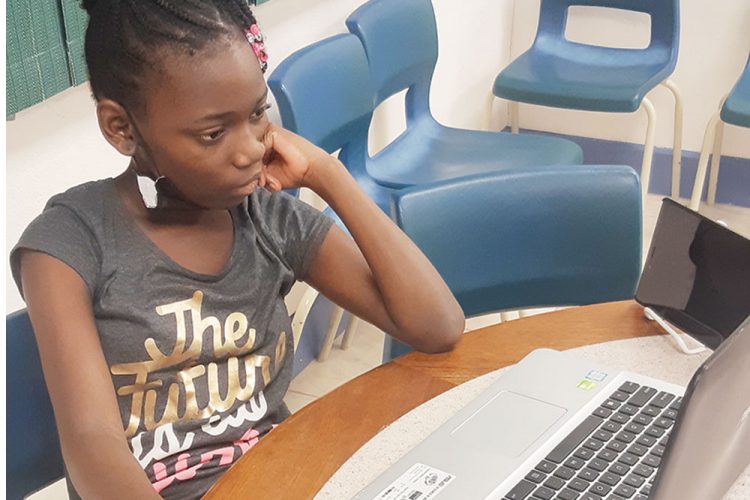Introduce Digital literacy progammes in SVG schools

EDITOR: St. Vincent and the Grenadines, along with the rest of the world was affected by the Covid-19 pandemic. Our schools were forced to make the rapid change to virtual learning due to the closing of the physical learning spaces. Digital literacy programs have now become more essential than ever.
Advances in technology have changed the way our students communicate, interact and do their school work. What digital literacy will do is improve the way our students participate in e- learning activities as well as improve their lifelong learning experiences.
What is digital literacy?
The American Library Association offers us a definition:
“Digital literacy is the ability to use information and communication technologies to find, evaluate, create, and communicate information, requiring both cognitive and technical skills.”
Simply put, digital literacy involves various technology platforms such as computers, the Internet, remotely or all three combined. To become digitally literate, our students must develop critical thinking skills, technological skills, navigating the Internet, gaining basic knowledge on copyright and plagiarism, they must understand how to access online information and learn digital ethics (discernment of what is appropriate to say, do and share); social responsibility when interacting on social media networks. The future success of our students depends on them becoming digitally literate.
Digital literacy boosts students’ engagement when working with content-creation tools online for their projects and assignments. It helps students to better understand the information they are working with and also to communicate in visually and digitally compelling ways.
Digital literacy also improves academic performance.
It must be noted however, that a digital divide still exists among our students due to various reasons. While many of our students may have access to technological devices and communication technologies, many others still do not, or have restricted access. There are also those students who may have tablets and other devices, and yet no access to Internet or electricity for that matter. We must work twice as hard to ensure that this gap is narrowed for our students.
We have to understand that today’s children need different types of skills in order to engage with a global community. Digital literacy programs must begin in primary schools so that when students get to tertiary level education, they are well versed in technological knowledge and will not be left behind in the largest “online movement” in the history of education in St. Vincent and the Grenadines.
Therefore, I wish to suggest to the stakeholders involved, that formal educational programs in Digital Literacy be administered in our schools. Stakeholders must encourage and facilitate training opportunities for Librarians, and ICT personnel to enter the classroom and teach our students as part of the schools’ curriculum.
Remember, not all children have access to broadband, electronic devices and computers at home; so schools will play a large part in introducing digital tools, apps and Internet platforms to our students. This helps to close the digital divide that hinders achievement among them. Again, the future success of our students depends on them becoming digitally literate.
Pearl Mc Master-Mason
Information Specialist/Librarian
Msc. Information Science, BA Information and Library Studies









